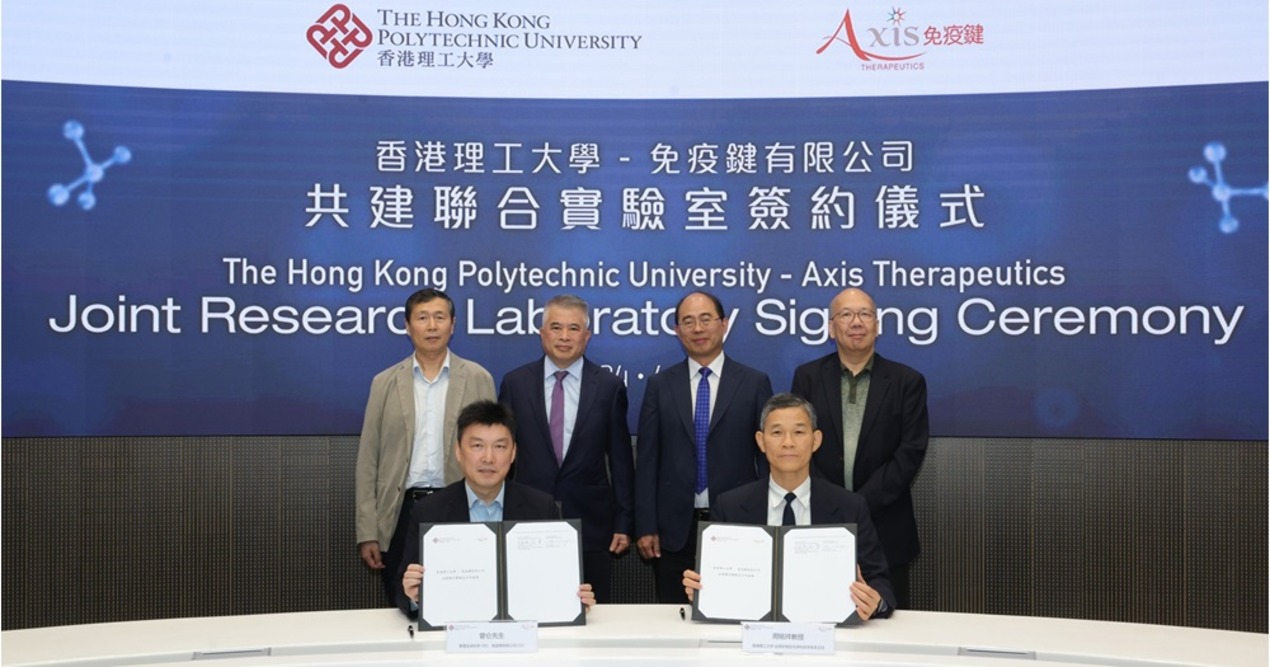
With the pandemic still at the fore and knowing that the global economy will remain stunted, the Singapore Government led by Department of Finance Minister Heng Swee Keat allocated over S$24 billion over the next three years to help businesses and workers transition to a post-pandemic world, well-equipped with technological resources. This budget also aims to enable firms and businesses to emerge stronger, together. About S$1 billion will be allocated to mature firms to get co-funding for the adoption of digital solutions and technological improvements.
Mature enterprises, ranging from micro to large firms, should invest in new and emerging technologies to sharpen their competitiveness, Deputy Prime Minister Heng Swee Keat said on Tuesday while unveiling Budget 2021, aiming to improve Singapore’s digital connectivity. The budget will also enhance the Productivity Solutions Grant – Job Redesign by raising the government co-funding ratio to 80%, from 70% previously, till end-March 2022. This is to help businesses redesign jobs.
A new tech program will co-fund the costs of trials and the adoption of frontier technologies such as 5G, artificial intelligence and trust technologies. This will help businesses commercialise their innovations and diffuse technology downstream. New software capable of notarising and verifying COVID-19 digital test and vaccination results/records is also in place. This is to further check and certify any results involving mass testing.
A start-up digital platform which aims to assist the food and agriculture sector is also in the works. The platform will help farmers in developing countries to increase crop yield, access credits and connect directly to buyers. This will help with the rising global food demand and for the income of farmers.
In addition, the Open Innovation Platform will be enhanced to increase the speed and scale of digital innovation through new features such as a discovery engine. This will make the platform gain access to automated recommendations and provide agencies with solution providers.
Enhancements will also be made to the Global Innovation Alliance, which helps to improve cross-border collaboration between Singapore and major global innovation hubs. The network has 15 city links to the likes of Bangkok, Jakarta, London and San Francisco, and will be expanded to more than 25 cities over the next five years. It will be given a boost by the Co-Innovation Programme, which will support up to 70% of qualifying costs for cross-border innovation and partnership projects.
A new Digital Leaders Programme will support promising firms in hiring a core digital team and in developing and implementing their digital transformation roadmaps.
Finance Minister Heng said that Singapore has been stepping up its connectivity with South-east Asian nations, noting that the region has significant growth potential. Among efforts to strengthen its links in the region include the inaugural South-east Asia Open Innovation Challenge, which was launched last December. It drew participation from companies from countries including Indonesia and Thailand.
Mr Heng said that Singapore will continue to work closely with fellow ASEAN members, to enhance digital tech and to get ready for the fourth Industrial Revolution, building on initiatives such as the Asean Smart Cities Network.
Singapore will also continue to enhance its infrastructure investments in the region. The various projects by the government such as emerging technological platforms and solutions aim to continuously improve digital connectivity and cybersecurity of the nation. Beyond these new schemes, the government will also extend to end-March 2022 the enhanced support levels of up to 80 per cent for existing enterprise schemes. These existing initiatives include the Scale-up SG programme, Productivity Solutions Grant, Market Readiness Assistance, and Enterprise Development Grant.
On the increased funding to redesign jobs, Mr Heng said Singapore must leverage technology to develop senior-friendly workplaces. “In the coming years, a critical part of business transformation will be in job redesign,” he added. With technological advances, many physically demanding or repetitive tasks can be better done by machines.
These moves, to co-fund the transformation of mature enterprises, are part of a suite of capital tools announced under this year’s Budget. The government is looking to catalyse a wide range of capital to co-fund and enable businesses to innovate, transform and scale.
















